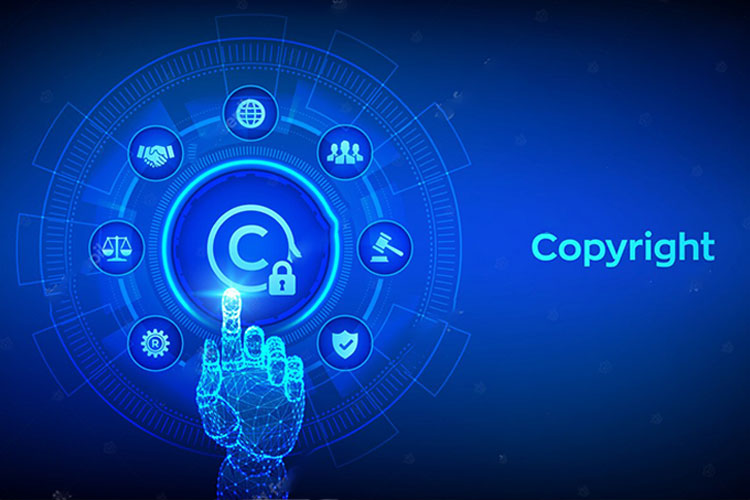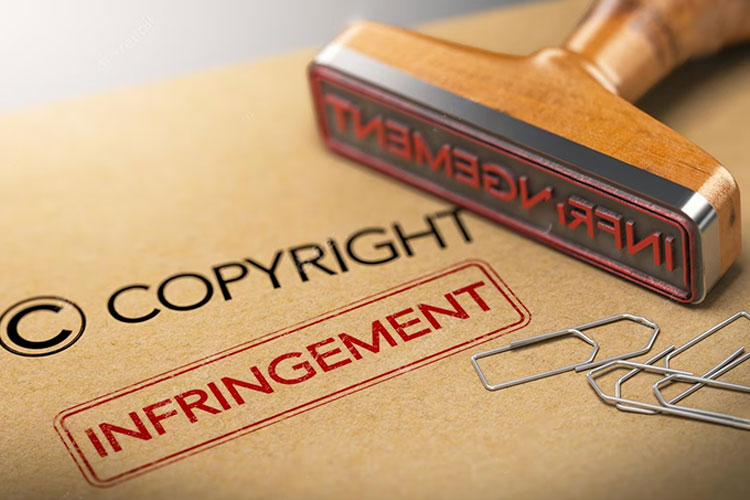

How Technology is Revolutionizing Copyright Protection
In the digital age, protecting intellectual property rights has become more critical than ever. With content being easily shared across the internet, the risk of copyright infringement has drastically increased. Fortunately, advanced technology offers innovative ways to detect and prevent copyright theft, ensuring that creators maintain ownership and control over their work. From digital fingerprinting to AI-based recognition tools, these modern solutions are transforming how we guard creative assets. This blog explores the top technologies used today to fight online copyright violations, helping artists, businesses, and platforms protect their valuable content and creative rights.
Digital Fingerprinting and Content Recognition Systems
Digital fingerprinting creates a unique digital ID for media files—audio, video, or images. This "fingerprint" helps platforms detect copyrighted content by comparing uploaded files with massive databases of protected material. Leading tools like YouTube’s Content ID and Audible Magic use content recognition technology to automatically scan and identify unauthorized uploads. These tools help copyright holders monitor infringement, monetize, or block unauthorized content. For brands and creators, fingerprinting ensures content protection even on user-generated platforms, reinforcing digital copyright enforcement with high accuracy and automation.
Web Crawlers and Search Algorithms Against Piracy
Web crawlers, or bots, constantly scan the web to find and index content. When programmed to detect copyright violations, they become a powerful tool for tracking down illegal usage of digital assets. Combined with search engine algorithms, these crawlers identify and flag pirated content. Companies like Google use advanced algorithms to demote infringing websites and prioritize original sources in search results. Additionally, creators can file takedown requests under the DMCA, helping remove stolen content swiftly. These technologies play a major role in the automated detection of copyright violations across websites and platforms.
Digital Rights Management (DRM) to Control Content Access
Digital Rights Management (DRM) involves encryption and access control systems that prevent unauthorized copying or sharing of digital works. Streaming services, eBook platforms, and software providers heavily rely on DRM to secure content. By restricting how users can access or distribute copyrighted material, DRM helps reduce digital piracy and ensures creators and rights holders can safely monetize their work. Examples include Netflix and Spotify, which use DRM to limit file downloads and control playback. DRM is a critical tool in today’s battle for digital content security.
Watermarking and Steganography for Copyright Proof
Watermarking is a technique that embeds a visible or invisible mark—such as a logo or copyright notice—onto digital media. It acts both as a deterrent and proof of ownership. Visible watermarks make it clear that the content is protected, while invisible ones are used to trace the origin of leaked content. On the other hand, steganography hides copyright data within media files using imperceptible changes. This technique allows creators to embed copyright information discreetly, making it harder for infringers to remove traces of ownership. These methods enhance the ability to prove copyright ownership in legal or enforcement contexts.
Machine Learning and AI in Copyright Detection
With the explosion of content on the internet, AI and machine learning have become vital in identifying copyright violations at scale. These technologies analyze data patterns and detect subtle modifications made to copyrighted material—such as cropped videos or altered images. AI-based systems can compare content metadata, identify matches, and predict infringement risks with high precision. Platforms like YouTube and Facebook use AI to automatically monitor uploads, flag suspicious activity, and alert copyright owners. This shift to AI-driven copyright protection has significantly improved speed, accuracy, and efficiency in safeguarding creative works.
The Future of Copyright Enforcement in a Digital World
The battle against copyright infringement is ongoing, but thanks to technological innovation, creators now have powerful tools to defend their rights. From fingerprinting to AI, the integration of technology into copyright law enforcement continues to evolve. It's essential for digital content creators, businesses, and platforms to stay updated on these tools and adopt them in their workflows. By combining technology with legal measures, we can build a safer digital ecosystem that respects creativity, protects intellectual property, and rewards originality. Together, these advancements make a strong case for the role of technology in copyright enforcement.





